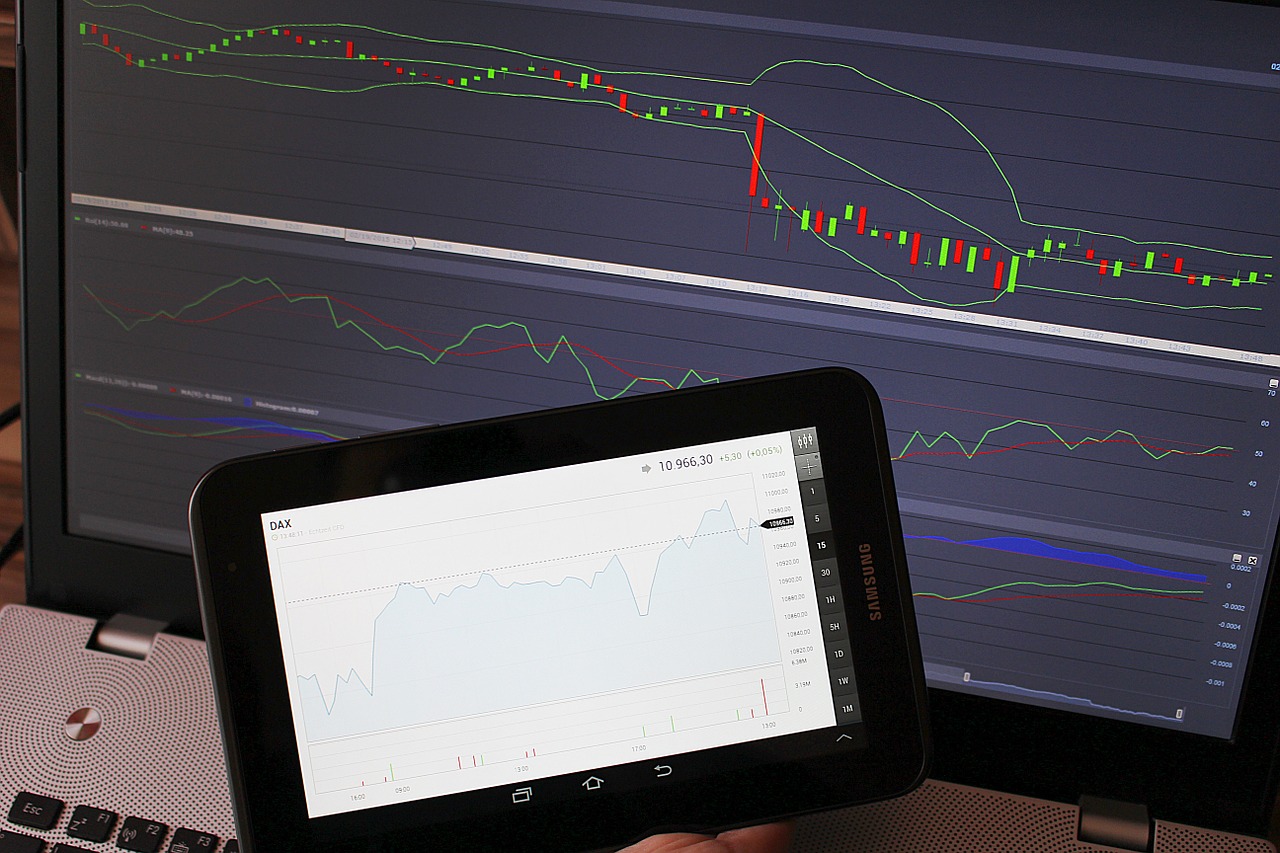 The decision to set up shop as an in-home day trader is a bold one that doesn’t go smoothly for everyone.
The decision to set up shop as an in-home day trader is a bold one that doesn’t go smoothly for everyone.
The truth of the matter is that day trading is very difficult, and doesn’t make for a suitable career for just anyone with an interest in the stock market.
That said, a certain kind of investor can thrive approaching trading as a day job, and if this is something that’s of interest to you we wanted to do a write-up about some of the early steps.
Set Up An Office Space
First and foremost, you’ll want to designate a portion of your home or apartment for your day-to-day work as a trader. Yes, this is business you can and will conduct online, and occasionally you might be able to get by for an hour keeping a loose eye on your laptop. But ultimately, you’ll benefit from having an office space set up. It will allow you to focus more on your work and take advantage of the proper resources (more on this below).
Additionally, if you truly plan to take on day trading as a profession, you may be able to arrange for your home office space to count as a tax deduction. There are specific requirements for claiming a home office, but these are worth looking into in order to save a little bit of money. If you’re able to set up a space for regular, exclusive use for your day trading efforts, you’ll likely qualify for the deduction.
Gather The Right Equipment
Once you have an office set up, or at least a particular area set aside, you’ll need to fill that area with everything you need to be an effective trader. As one overview on day trading preparation put it, trading without the necessary infrastructure in place is an impossibility, and sets you up for failure. And that doesn’t just mean perching a computer on a desk (which can seem almost old school in the age of laptops and tablets).
The proper infrastructure involves, at minimum, appropriate computer hardware, a software trading platform that works for you, and an extremely reliable internet connection. There are multiple options in each of these categories, but a high-end choice for each one is necessary for a good day trading setup. Additionally, you’ll probably want plenty of notebooks and pens handy to keep track of things, you’ll likely want multiple computer monitors for displaying stock charts, and you may even want a television that you can keep tuned to financial news.
Inundate Yourself With News & Education
Arguably more than any other profession you could choose, day trading involves constant education and evolution. That’s because you aren’t only focusing on general trading strategies and working on your own talents. You’re also keeping an eye on your trading portfolio, which will likely involve a rotating selection of stocks, each related to a company or industry in constant fluctuation. In other words, you need to know the specific goings on for any company relevant to your portfolio, in addition to understanding general strategies.
For strategy, there are a lot of trading books that contain worthwhile advice from experts. Reading these regularly can help to keep you sharp when it comes to recognizing trends, executing trades, and knowing how to handle different issues that will come up. And for day-to-day activity, you’ll want to make sure you have access to reliable news sources, and many ultimately determine that it’s a good idea to keep an eye on a television channel like CNBC.
Once you’ve taken care of all this, you’re up to the actual job itself. Day trading is a demanding and stressful job, and you’ll need to get used to the high pressure of market hours, as well as the preparation that needs attention before and after the market opens. But if it’s something you believe you’re suited for, the steps listed here can help you to be ready for the job.
Featured image courtesy of FreeDigitalPhotos.net
Leave a Reply